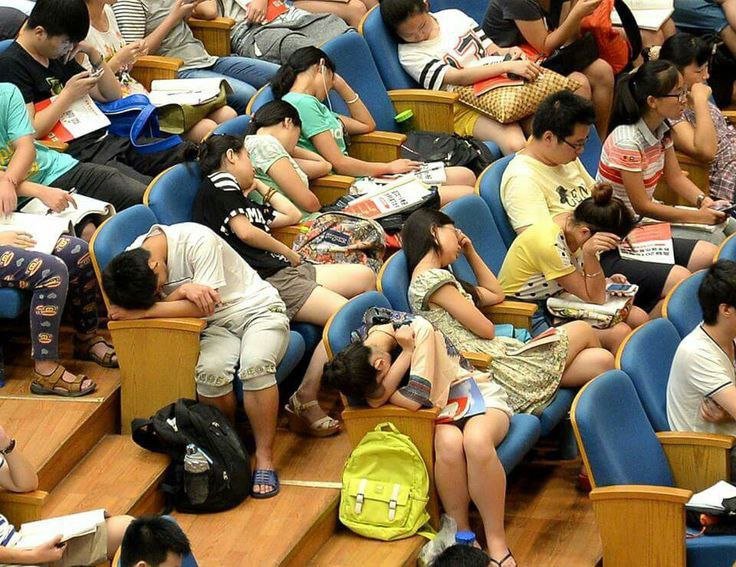
In recent years, China has gained attention for its innovative educational practices aimed at enhancing learning outcomes and overall student well-being. One unique approach gaining popularity in Chinese schools is allowing children to sleep in class for a designated period of time.
This unconventional method challenges the traditional notion that sleep and learning are mutually exclusive, suggesting that a short nap during school hours can actually improve students’ cognitive abilities and academic performance. Let’s delve deeper into this intriguing phenomenon and explore its potential benefits.
The Power of Napping
Scientific research consistently highlights the importance of sleep in cognitive functioning and memory consolidation. Napping, in particular, has been shown to enhance alertness, boost memory, and improve overall cognitive performance. It helps alleviate fatigue, enhances concentration, and facilitates better information retention. Considering these benefits, it is not surprising that Chinese educators have begun incorporating nap time into the daily routine of their students.
The 20-Minute Power Nap
In China, schools have introduced a designated 20-minute nap period known as “midday break” or “nap time” during the school day. This break allows students to relax, unwind, and take a short nap under the supervision of their teachers. The practice is not restricted to younger children but is implemented across different grade levels.
Benefits for Students
1. Enhanced Focus and Attention: A brief nap helps students combat drowsiness and fatigue, allowing them to regain mental alertness. This, in turn, improves their ability to concentrate on their lessons and actively participate in classroom activities.
2. Memory Consolidation: Sleep plays a crucial role in memory formation and retention. By integrating napping into the school day, students have an opportunity to reinforce and consolidate the information they have learned, leading to better long-term retention.
3. Reduced Stress and Improved Emotional Well-being: The demanding academic environment can be stressful for students, leading to heightened anxiety levels. Allowing children to rest and recharge during the school day helps alleviate stress, promoting better emotional well-being and overall mental health.
4. Increased Productivity: Short naps have been found to boost productivity and problem-solving skills. By providing students with an opportunity to recharge, schools are equipping them with the necessary cognitive resources to tackle academic challenges more effectively.
Cultural Acceptance and Practical Implementation
Chinese society has a long-standing appreciation for napping, with siesta-like practices embedded in their culture. Embracing this cultural norm, educators have been able to seamlessly incorporate nap time into the school schedule, fostering acceptance and understanding among students, teachers, and parents.
The practical implementation of this approach involves creating a conducive environment for napping. Classrooms are equipped with comfortable mats, pillows, and soft lighting to facilitate a peaceful atmosphere. Teachers guide students through relaxation exercises before allowing them to rest, ensuring a smooth transition between learning and napping.
Criticism and Challenges
While the concept of allowing students to sleep in class has gained popularity and positive feedback, some critics argue that it may hinder time management skills and lead to an over-reliance on napping. To address these concerns, schools emphasize the importance of time management and set clear guidelines, ensuring that nap time does not disrupt the overall structure of the school day.
Conclusion
China’s unique approach of allowing children to sleep in class for 20 minutes has attracted attention worldwide. By recognizing the role of sleep in learning and implementing nap time into the school day,
Chinese educators have sought to optimize student performance, enhance cognitive abilities, and improve overall well-being. As more research is conducted, it will be interesting to see if other countries and educational systems explore similar strategies to promote better learning environments for their students.








